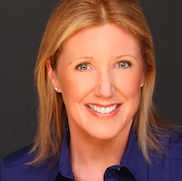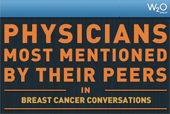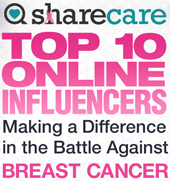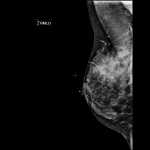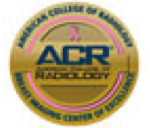Why I Chose to Become a Breast Imager
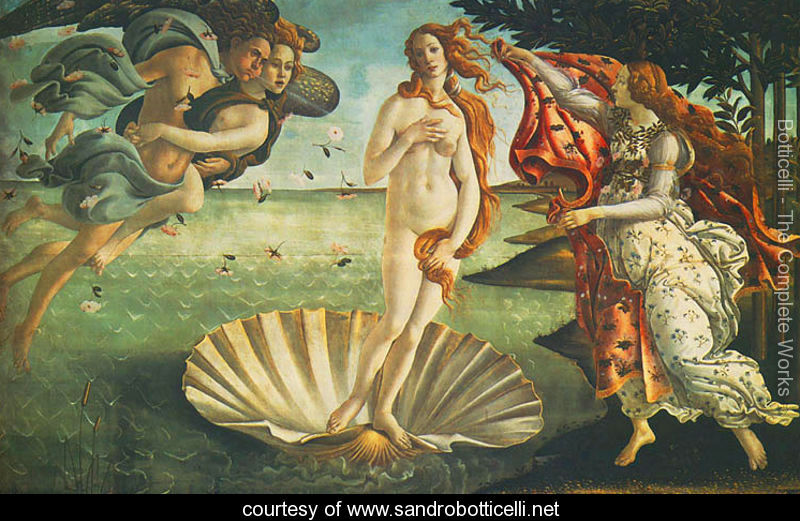 A few days ago in the park I passed a woman who was sporting a full set of hair curlers and wearing a housecoat. It’s been awhile since I’ve seen that, and it brought an image to my mind of my grandmother and her sisters in their rollers under headscarves in the 70’s, leaning from windows to hang laundry to dry on their retractable clotheslines in Jersey City. Fond memories of these ladies surfaced, and I thought about an essay I’d written in which they’d been featured; several of these great-aunts died prematurely from breast cancer, before adequate screening was offered. That evening, at a school event for my child, a new mommy friend asked me why I chose to specialize in breast imaging. The next logical step was to blog.
A few days ago in the park I passed a woman who was sporting a full set of hair curlers and wearing a housecoat. It’s been awhile since I’ve seen that, and it brought an image to my mind of my grandmother and her sisters in their rollers under headscarves in the 70’s, leaning from windows to hang laundry to dry on their retractable clotheslines in Jersey City. Fond memories of these ladies surfaced, and I thought about an essay I’d written in which they’d been featured; several of these great-aunts died prematurely from breast cancer, before adequate screening was offered. That evening, at a school event for my child, a new mommy friend asked me why I chose to specialize in breast imaging. The next logical step was to blog.
I wrote this essay in 1999 when I was applying for a fellowship position at Yale. It holds as much truth for me today as it did then.
The Allure of the Breast
Breast cancer has run a rampant course through my extended family, claiming the lives of four great-aunts, shocking my cousin with a diagnosis at age 29, and necessitating a mastectomy for my paternal grandmother. Through familial experience, I have witnessed the changes in our culture’s attitude toward this disease over the past thirty years.
As a child, I recall female family members clustered over coffee, discussing in hushed tones the plight of my great-aunt, who was to have a mastectomy. The men, shielded from this discussion, watched football in the next room. When I approached the table of women to ask what was wrong, I was told that my aunt had “female troubles,” and to be a good girl and go play with my cousins. My older cousins, the source of all knowledge, told me that our aunt’s breast was “sick and had to get cut off.” I had the distinct impression that this was viewed as a shameful secret, a topic not to be broached again. At later family gatherings until she died, my aunt was withdrawn and somewhat embarrassed, bearing not only the burden of a terrible illness, but suffering the shame and humiliation brought by a society that did not know how to deal with her.
In the mid-1970’s, when Betty Ford revealed that she had lost her breast to cancer, this was viewed by many as a courageous, though shocking, admission. It seems inconceivable that a country could remain so prudish while in the midst of a sexual revolution. Slowly, things began to change at our family holidays. The word “breast” was uttered in mixed company. The next aunt to be diagnosed talked about her chemotherapy openly, and planned a group outing to find a decent wig. By the mid-eighties, another aunt was telling a hilarious tale to the entire gathering about shopping for a swimsuit with a prosthesis. When she lay dying, the men of the family visited her without the old discomfort and embarrassment, and were able to let her know how much her life had meant to them.
Soon, my cousins and I were reminding our mothers to get their annual mammograms. Olivia Newton-John appeared on television and in print, talking openly about her illness. Breast self-examination was taught in a seminar at my college dormitory. New York magazine ran a cover in 1992 with “MY BREAST” boldly emblazoned across it. The previously pitied, humiliated victims of breast cancer evolved into proud “survivors.”
Today, the expression “one in nine” is part of the vernacular. Pink ribbons are ubiquitous. Public service commercials on mammograms and self-exams abound. Celebrities with breast cancer appear on Oprah as heroines. Dr. Susan Love has become a guru to a certain subset of women. It is recognized that the middle-aged woman at the supermarket with the not-so-perfect breasts is just as attached to them as the Victoria’s Secret model is to her own breasts. Radical mastectomy for all is no longer appropriate, and breast conservation is often an option.
However, it would appear to some that the pendulum has swung too far. Physicians complain that women come to their offices brandishing the latest articles on breast cancer from magazines and newspapers. They expect the doctor to have the time and patience to answer seemingly endless questions. Procedures must be scheduled immediately, and results available yesterday. Evening and weekend hours are required to accommodate women’s busy lives. Getting a mammogram has become an emotional “event”; one mammographer recently told me that she spends half her day “peeling women off the ceiling” at her practice. Second opinions are sought routinely. And the price for a mistake is extremely high.
In my view, however, women need and deserve well-trained physicians who are intellectually, technically, and emotionally competent to discuss their options, listen to their fears, answer their questions. Radiologists are now an integral part of the team diagnosing and treating women with breast disease. We have the opportunity to positively affect a woman’s view of the often ominous and faceless “health care system,” and provide medical advice and services with caring and compassion. The rewards that a physician can potentially reap from a partnership with a patient in need are great, and tend to remind us why we chose medicine rather than Wall Street.
Breast imaging is the field for me. I want the opportunity to train as a fellow at a high quality, cutting edge program with research activity that also manages to keep the needs of patients in mind. I aspire to learn the technical aspects necessary to become an excellent breast radiologist, as well as to glean as much knowledge as possible about the terrorist known as breast cancer. In the end, if it will be necessary for me to “peel women off ceilings” during the course of my day, well, hand me the scraper. I’ll get them down safely.
In Memory of my Aunts Mary, Ann, Gloria and Rosie.
Tags: breast cancer, breast exam, breast imaging, family history of breast cancer

